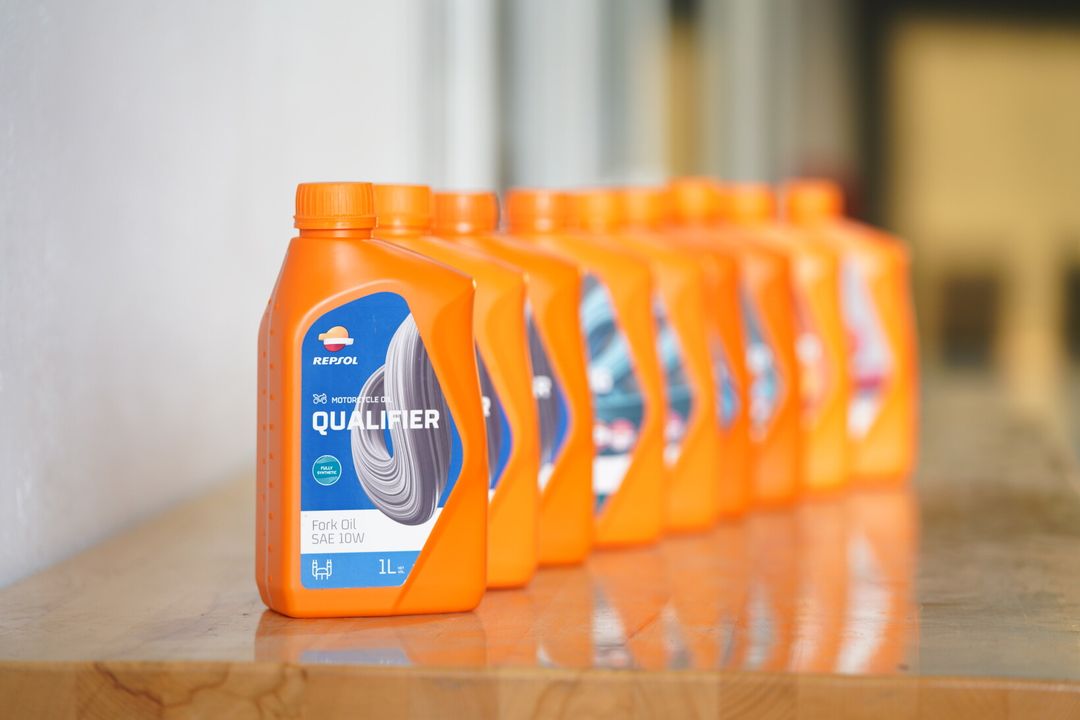How to identify deterioration in your vehicle's lubricant: watch out for these signs of wear and tear

Caring for your vehicle is crucial to its performance and longevity, and one of the most important aspects is proper lubricant maintenance. Therefore, you always have to consider its deterioration over time, something that compromises its ability to effectively protect the engine.
When this topic is brought up, everyone asks the same question: how do I know if the lubricant in my vehicle is in good condition or if it needs to be changed?
In this article, we will give you guidelines to detect signs of deterioration or contamination in your vehicle's lubricant, highlighting the importance of proactive maintenance to avoid major damage.
Check the lubricant level
It is essential to maintain an optimum level of lubricant in any vehicle. When the lubricant level is low, it can be a clear sign of a potential problem, such as a leak in the system or excessive oil consumption.
For this reason, it is crucial to periodically check the oil level and take appropriate corrective measures if necessary. In fact, there are already vehicles that indicate when it is time to change the oil, top it up, or even if it is overheating.
Check the engine performance
Pay attention to any changes in your vehicle's engine performance. This is something you may notice in a variety of ways, such as running noisier or not as smooth as usual. Also if you experience a certain loss of power or an increase in fuel consumption. This could all be the result of a lubricant in poor condition that is not properly protecting the parts of your engine.
If it smells strange, you have a problem
In the most extreme cases, one way to detect lubricant problems is to pay attention to its smell. A lubricant in good condition should not have a strong or unpleasant odor. If you smell a burnt, musty, or chemical odor, it may indicate that it has degraded due to issues such as heat or contamination.
Prevent the aforementioned from happening to you
Last but not least, we would like to remind you of the importance of preventive maintenance. Among other things, that means following the manufacturer's recommendations for changing your vehicle's oil. If you have exceeded the recommended oil change interval or notice any of the above signs, it is probably time for an oil change.
This is a fundamental matter to keep the engine in optimum condition. Therefore, be sure to use high-quality lubricants that meet the required specifications for your vehicle. All of this will save you time, money, and headaches in the long run... Your vehicle will thank you for it!
Related contents




